The Lichenologist – Matthew Killip (2017)
This is the second installment from the filmmaker Matthew Killip following the “-omist/ogist” theme. Evolution of cooperation is a curious subject for biologists. The evolution of cooperation is investigated within the framework of game theory and has been encapsulated in a 1987 BBC documentary called “Nice Guys Finish First” by Richard Dawkins. How do organisms belonging to different kingdoms coordinate to live together? What are the rules of symbiosis? Lichens provide this type of study system where algae and fungi […]

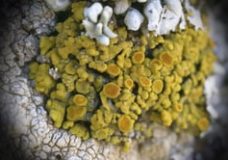
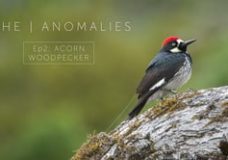
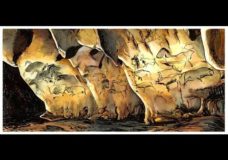
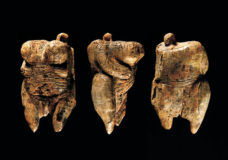
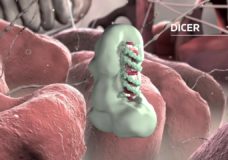
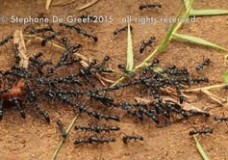



Recent Comments